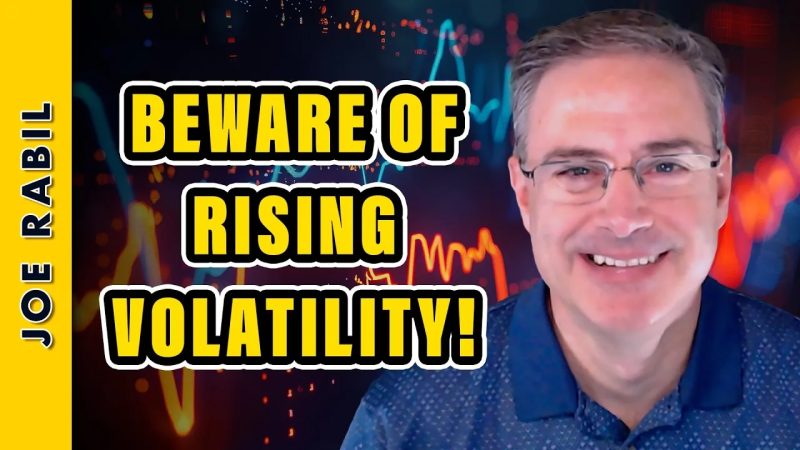As investors closely monitor the financial markets, one term that has been gaining increasing attention is volatility. Volatility refers to the degree of variation in trading prices over a specific period of time. High volatility signifies larger price fluctuations, while low volatility suggests more stable and predictable asset prices.
The current market environment has been characterized by rising volatility, prompting investors to reassess their strategies and risk tolerance levels. This uptick in volatility can be attributed to a variety of factors, including geopolitical tensions, economic indicators, and market sentiment.
One key impact of rising volatility is increased uncertainty and risk. As asset prices experience larger swings, investors may find it challenging to predict market movements accurately. In such a volatile environment, traditional investment strategies may need to be adjusted to account for heightened risk levels.
Moreover, rising volatility can also present opportunities for savvy investors. Volatile markets often create price dislocations, allowing astute investors to capitalize on mispricings and inefficiencies. By carefully analyzing market trends and staying informed about key developments, investors can potentially profit from the increased volatility.
It is essential for investors to approach high volatility with caution and diligence. Diversification, risk management, and a long-term perspective are crucial components of a sound investment strategy in times of increased market volatility. By staying informed, remaining disciplined, and adapting to changing market conditions, investors can navigate the challenges and opportunities presented by rising volatility.


